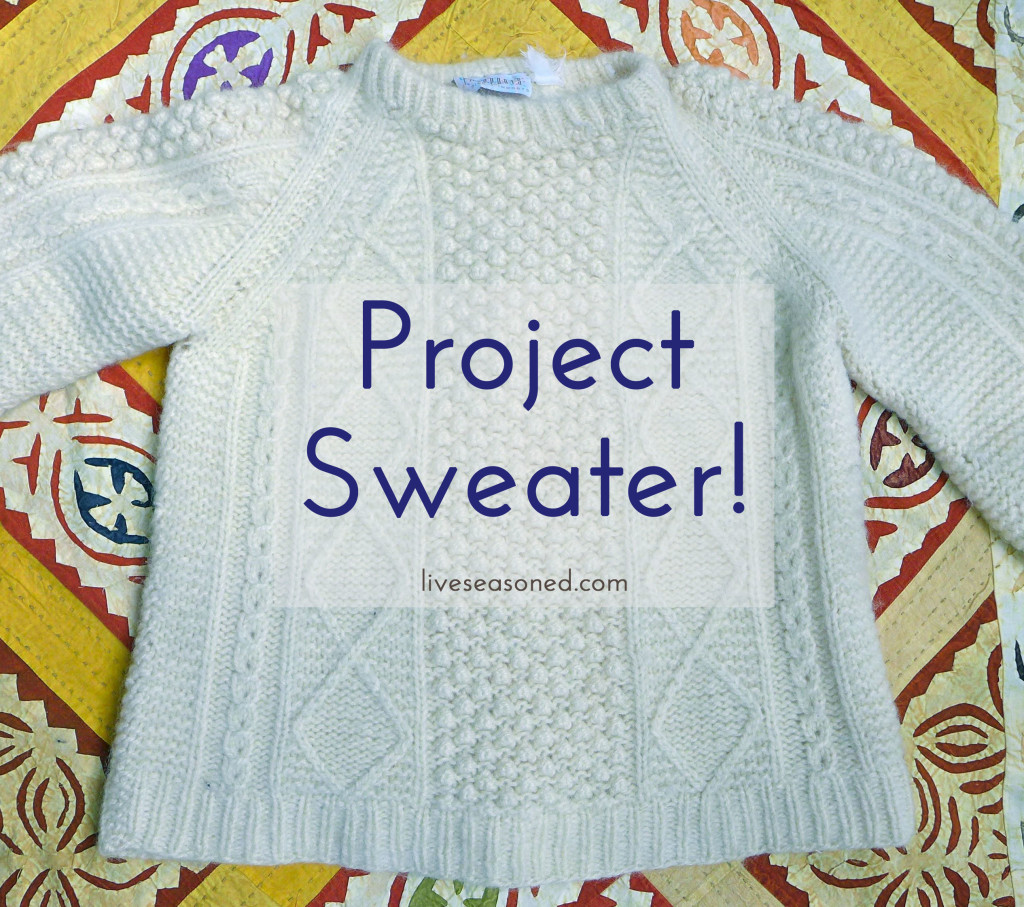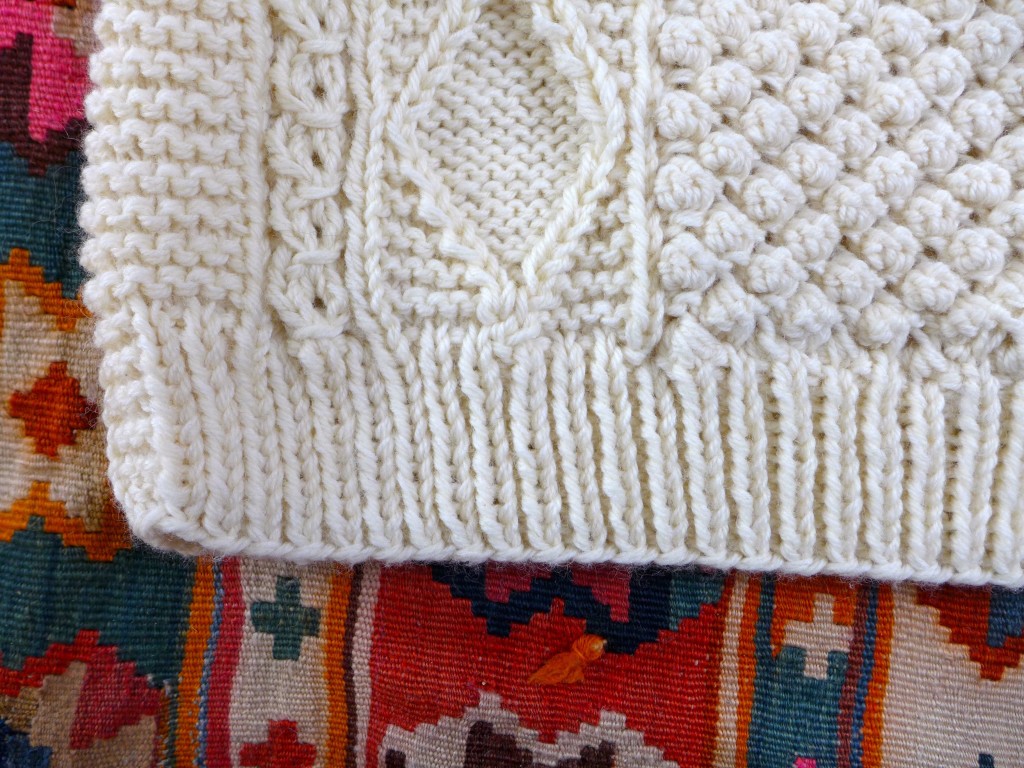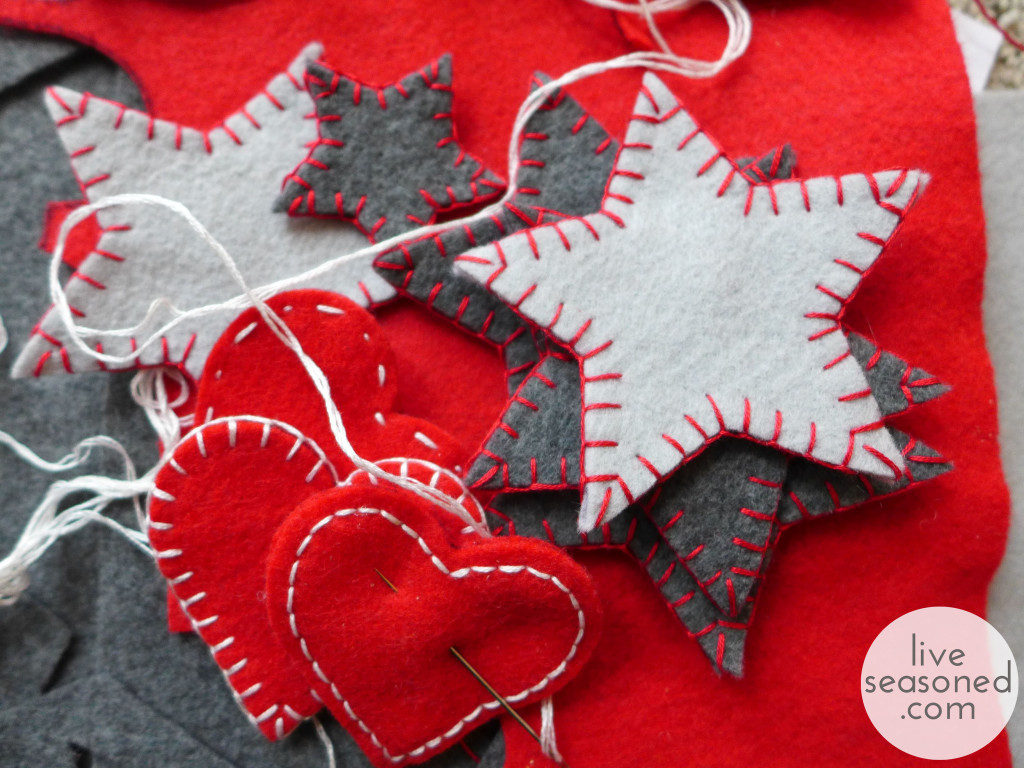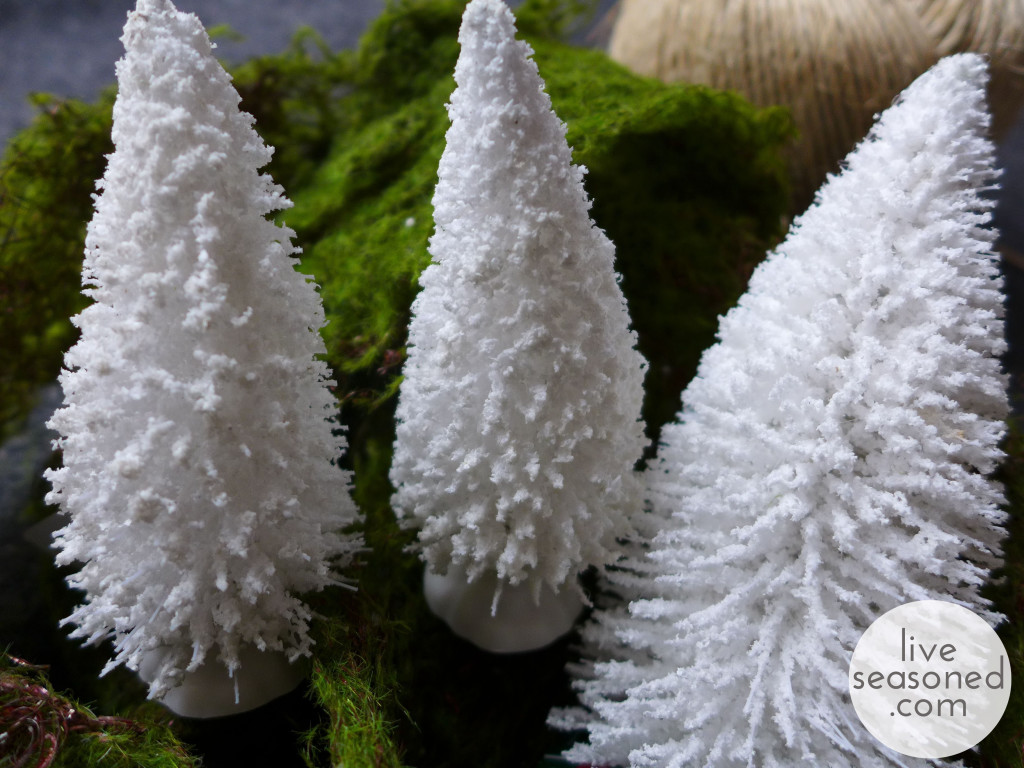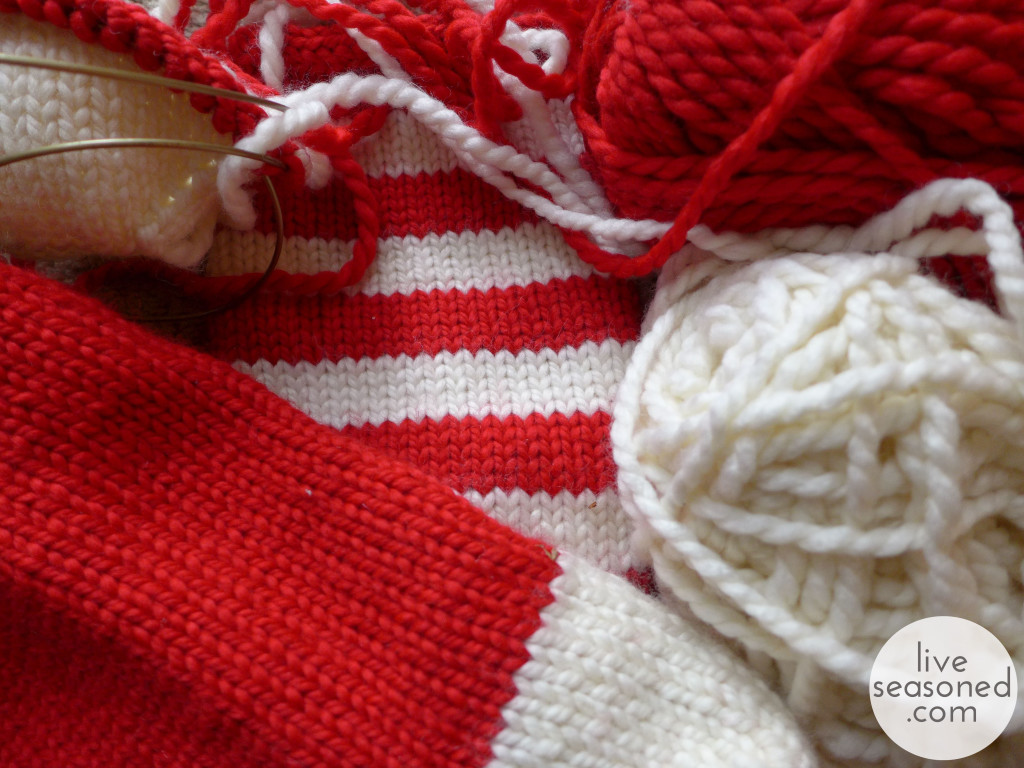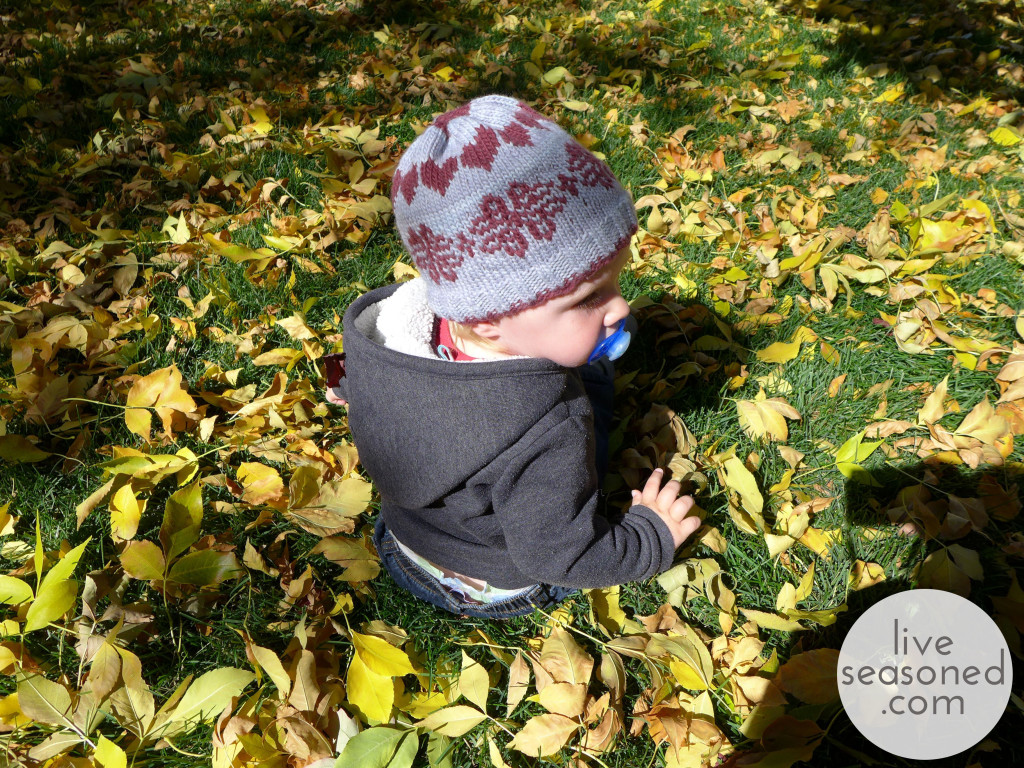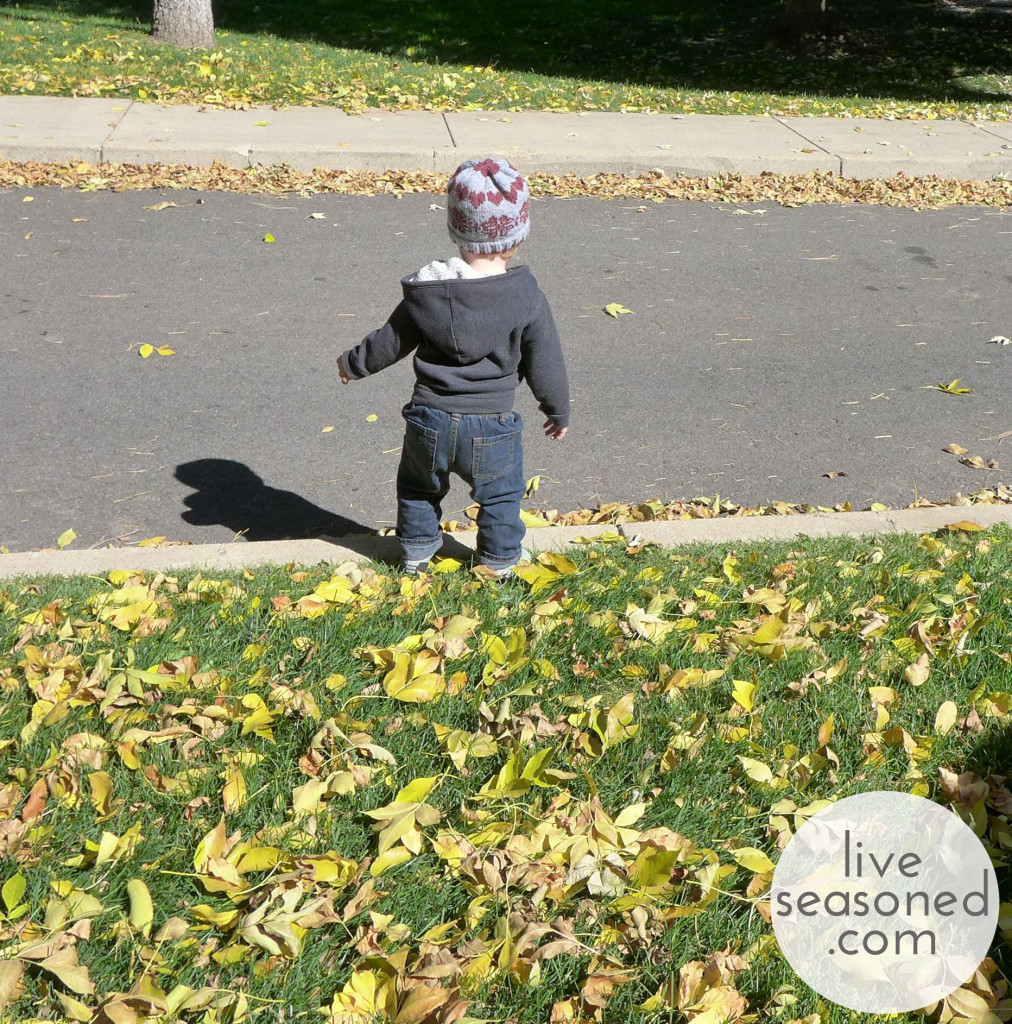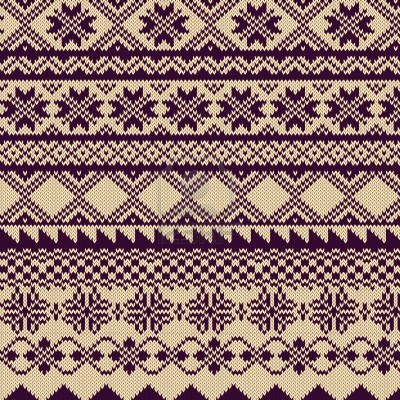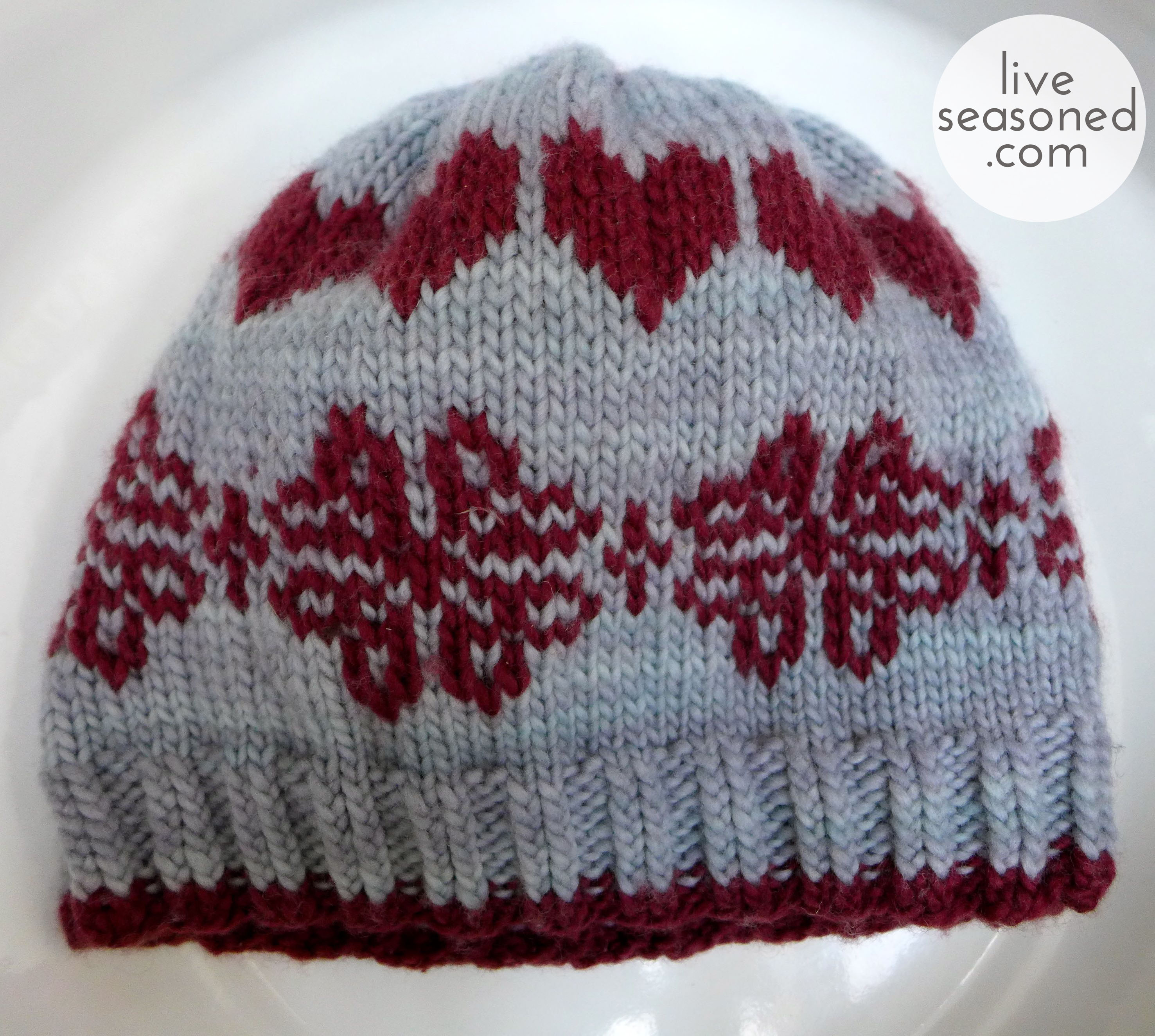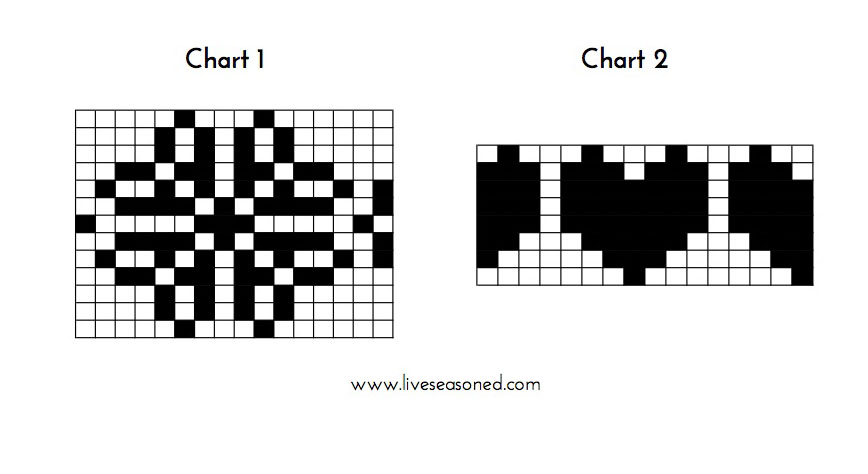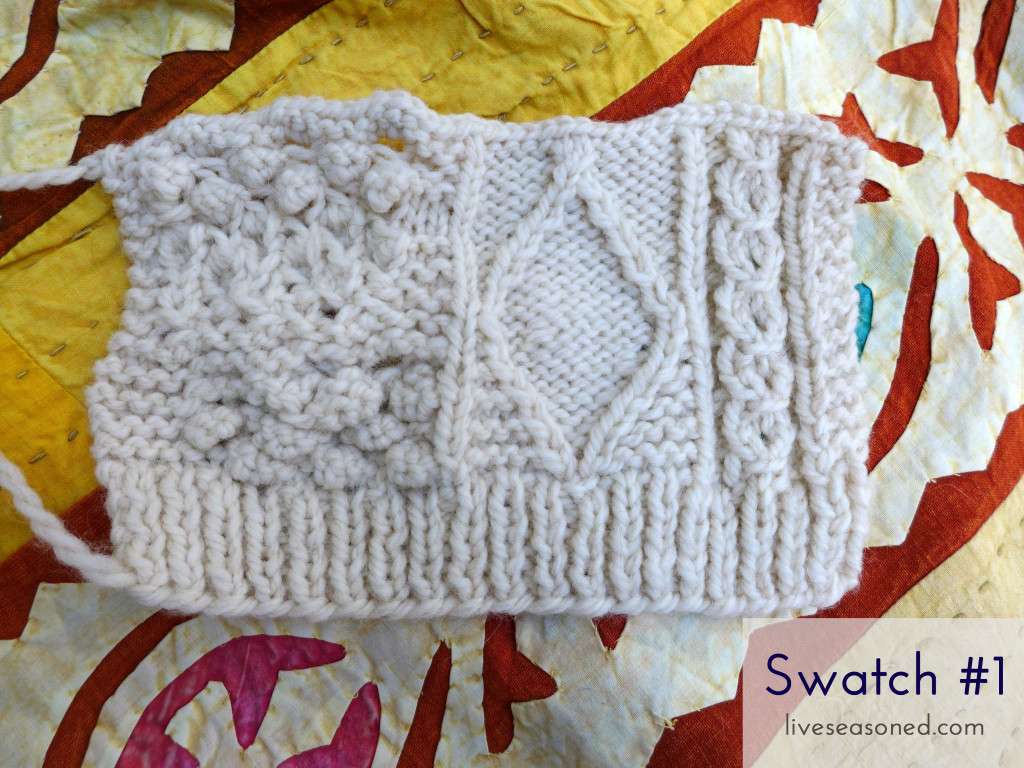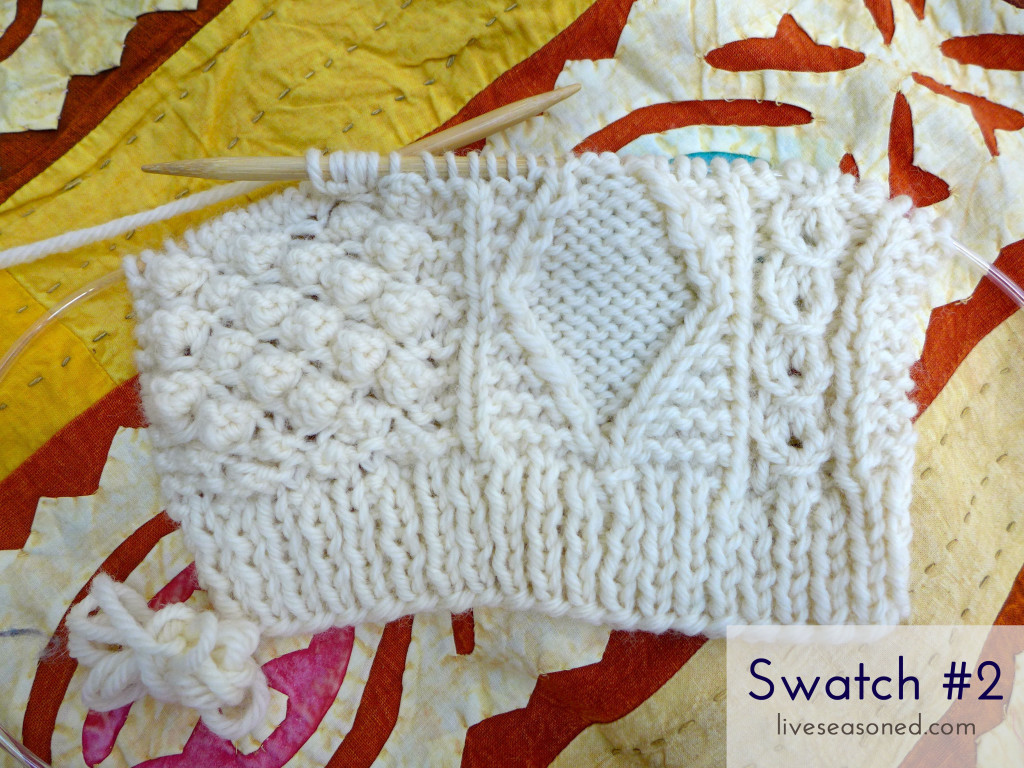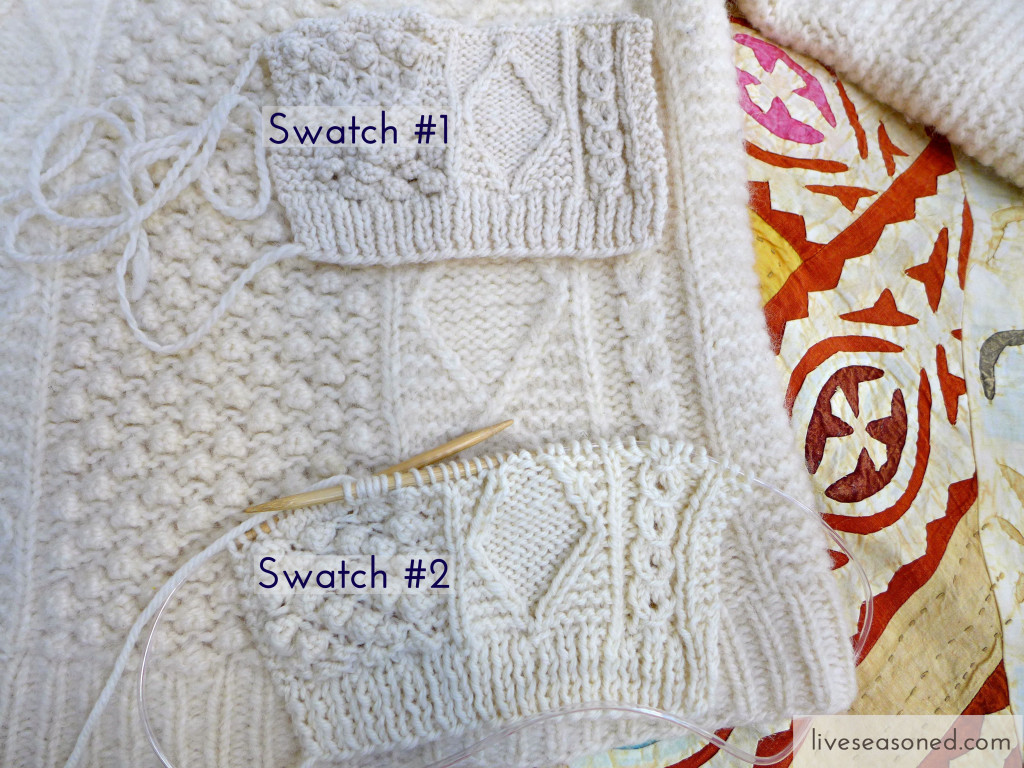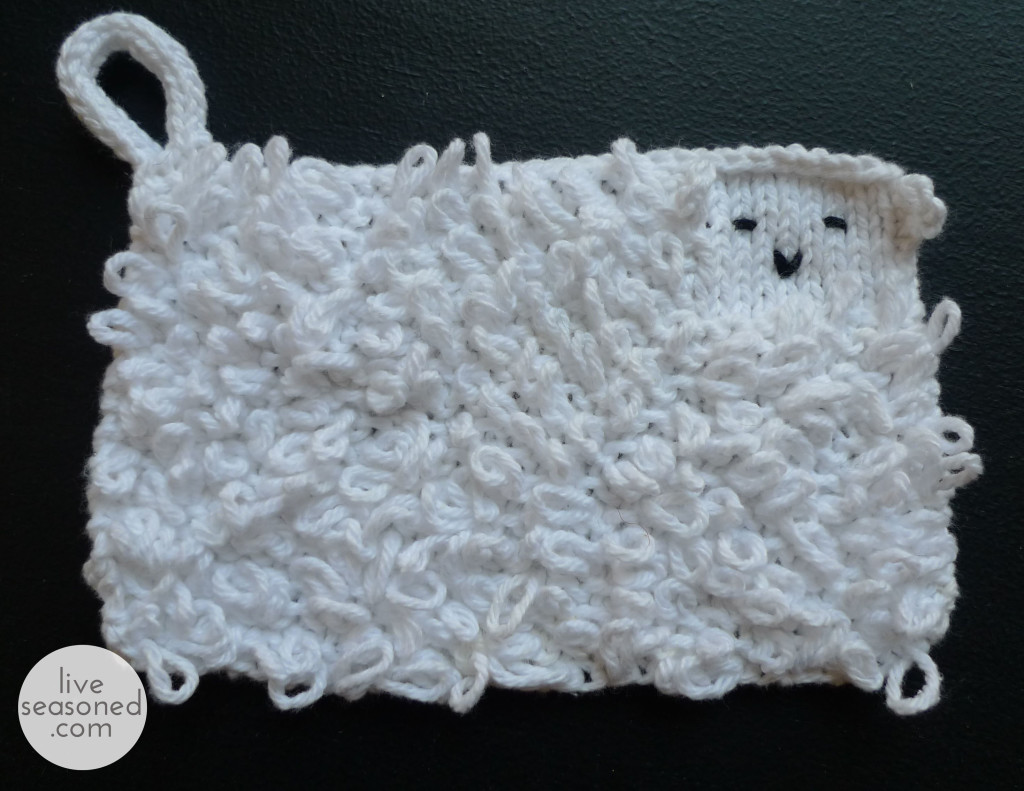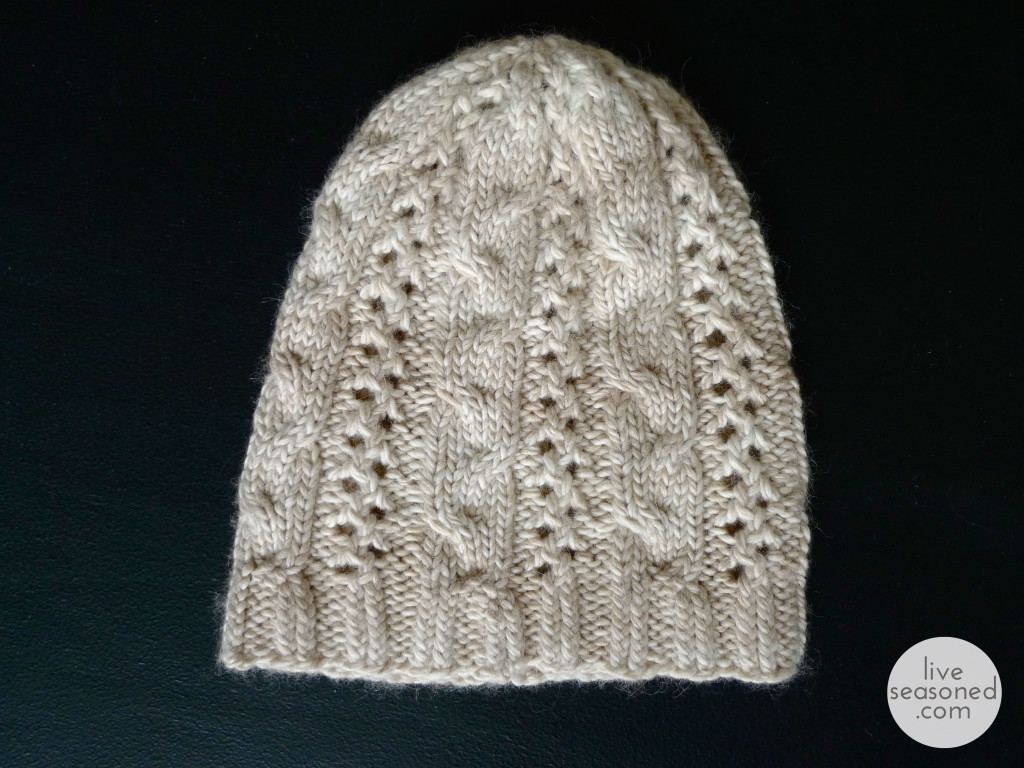For me, July was all about moving, settling into our new home/city/state, re-teaching little A how to go to sleep in this new and strange place, and other fun life duties. But then we flipped the calendar to August, there were no more boxes to unpack, Alex became a wonderful and prompt 7:30pm sleeper, and my evenings were free, albeit chained to the house with the little guy upstairs, but free none-the-less. It’s given me the time to get crafty again, and, as always, I turned first to my knitting basket. I have boards of non-knitting crafts pinned, but those will have to wait until I get at least one or two of these projects finished!
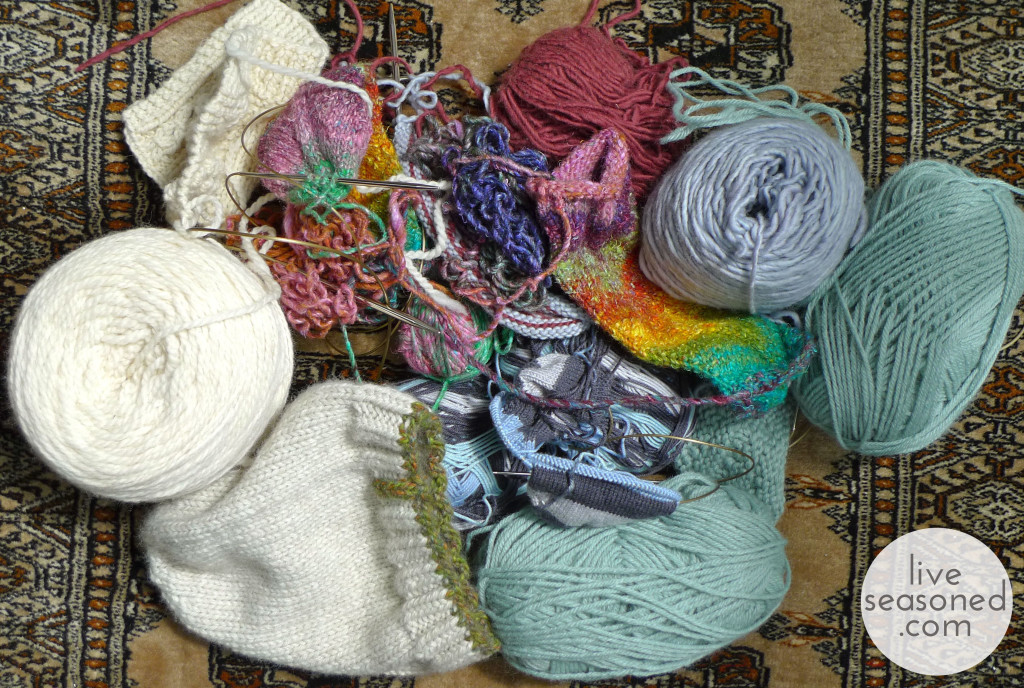
Anyway, I thought it would be fun to share a few works in progress, hopefully passing along some knitterly inspiration to you, because even though the days are hot, the evenings are perfect for working on small projects for the coming fall and winter. In the mix are a variety of projects and swatches, some from published sources others are experiments.
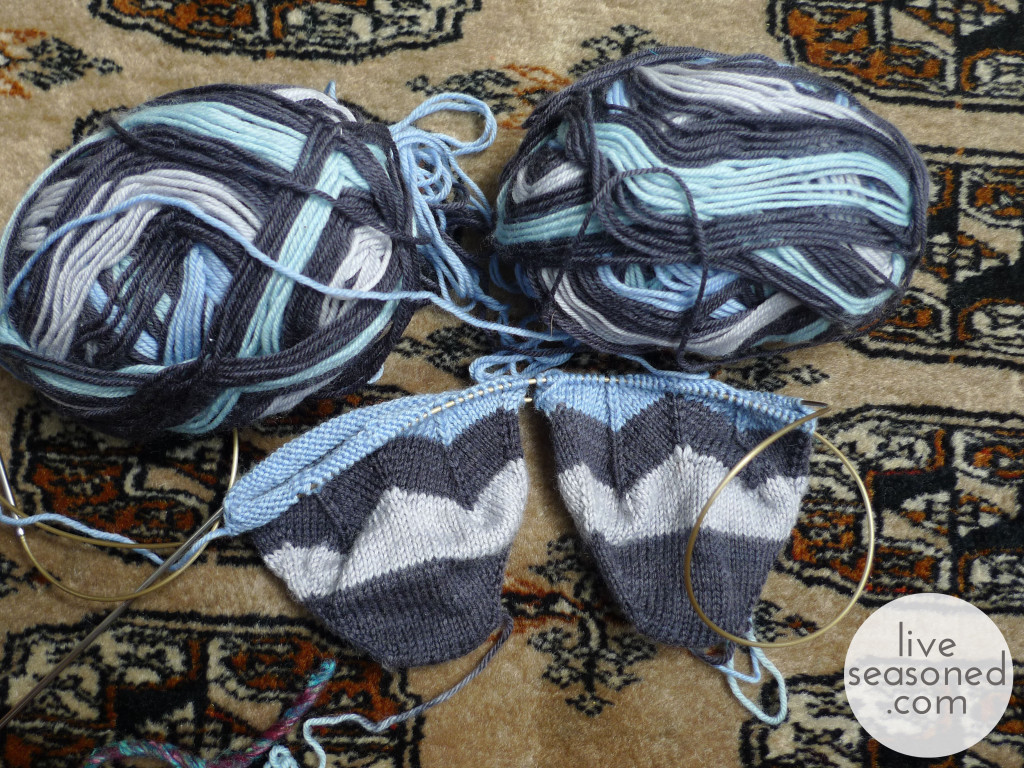
The socks. I always have some socks in progress, because as any wearer will tell you: they are so much better than store-bought socks! Hand-knit socks are the only ones that stay up when I’m wearing my Sorrels. Sorrel wearers know what I’m talking about, it seems like every other pair of socks is pushed off my feet within the first 10 yards of a hike through the snow.
Pattern : Jaywalkers (that link opens a PDF of the pattern)
Yarn : from Knitpicks, but it looks like they’ve discontinued the self-striping sock yarn.
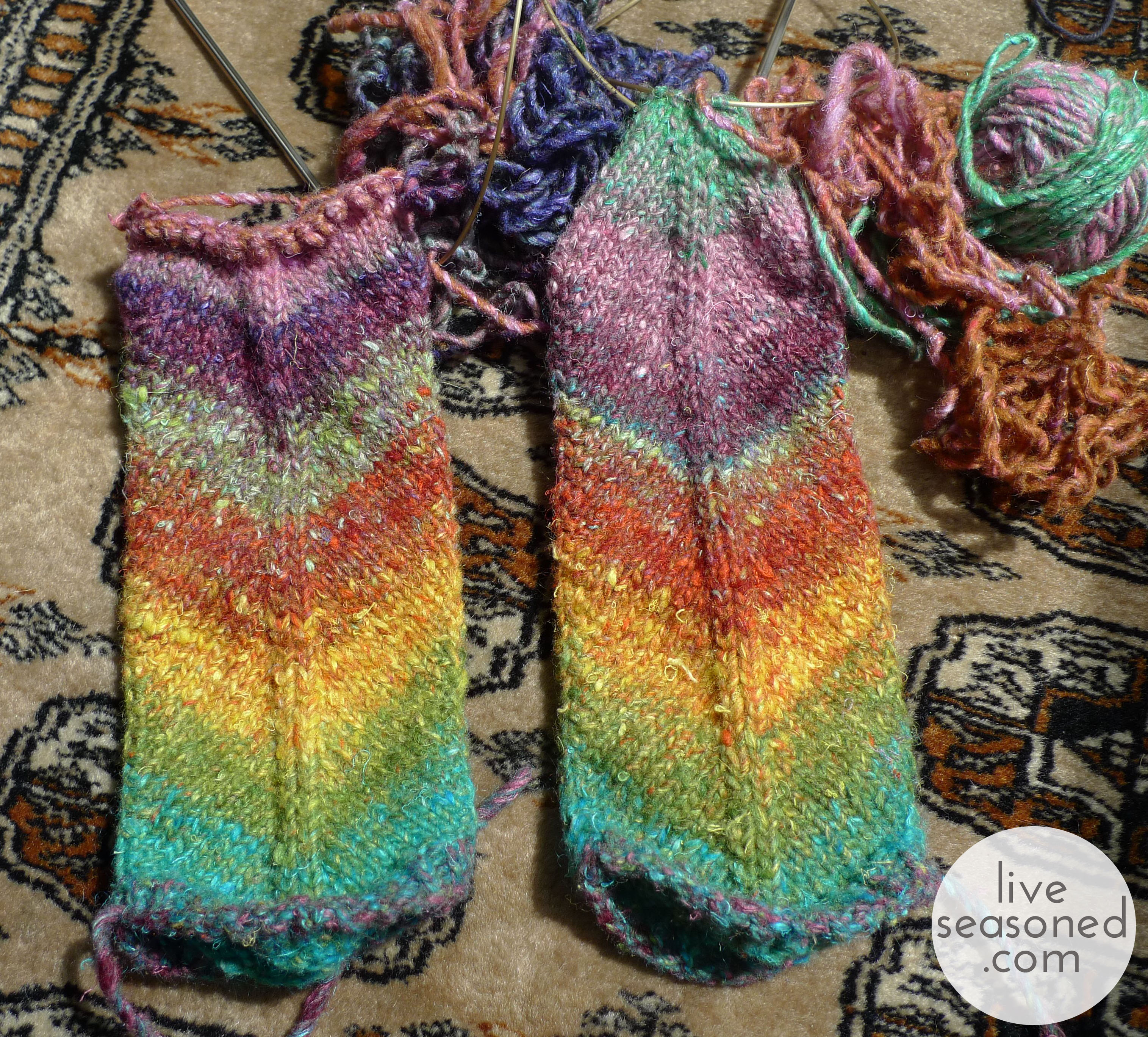
After my favorite mittens were completely (and utterly) destroyed by moths, I knew I had to make another pair. The first pair was made with Noro Kochoran yarn, which is mix of wool, silk, and angora, and the the mittens perfectly warm, soft, and durable. I picked another Noro yarn, but lost the label and am stumped as to what it’s called. It’s also knitting up beautifully, but as you can see at the top I’ve run into some color issues – the ball was cut and tied together at a different color sequence, so I’m trying to work with what I have to get a somewhat matching pair. Next will come the thumbs – you knit these mittens without thumbs and then go back, cut a hole where your thumb should be and knit the final piece!
Pattern : Elizabeth Zimmerman’s Mitered Mittens found in the Knitter’s Almanac
Yarn : Noro
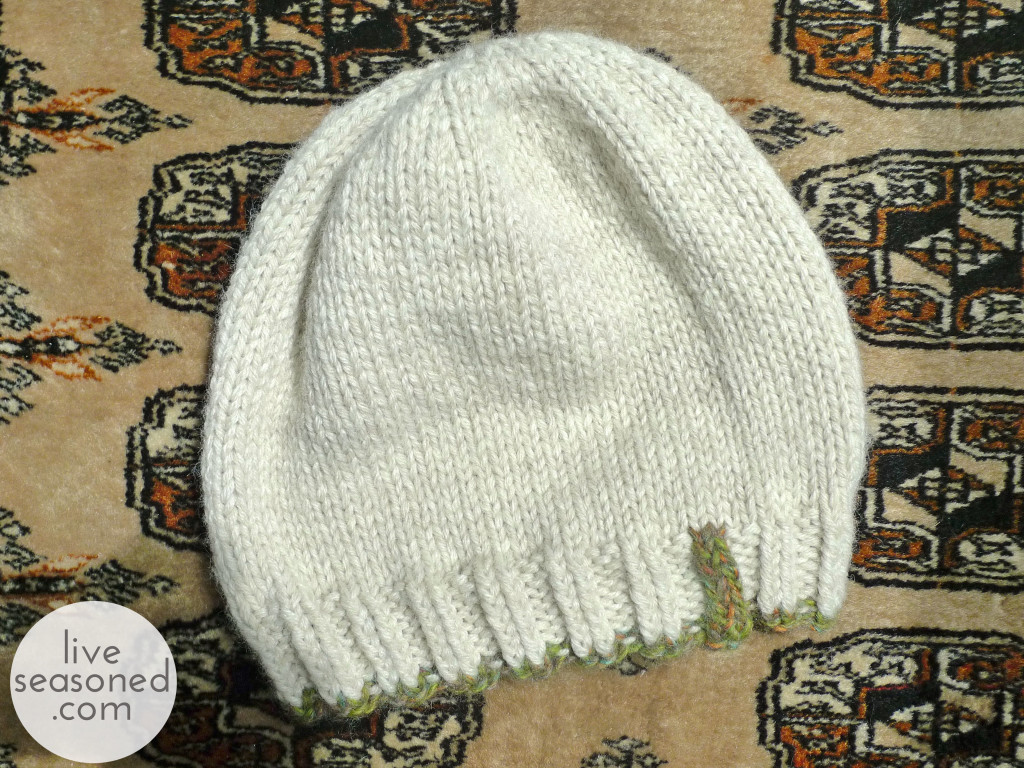
I wanted a quick and dirty hat. Something that was easy to knit, used some yarn from my stash, and would be the perfect thing for an evening around a campfire because we are yearning for a few good camping trips this fall.
Pattern : My own. Cast on 76 stitches, do some 2×2 rib, knit straight until it was long enough and then do some quick decreasing.
Yarn : Lionbrand Woolease and Amazing
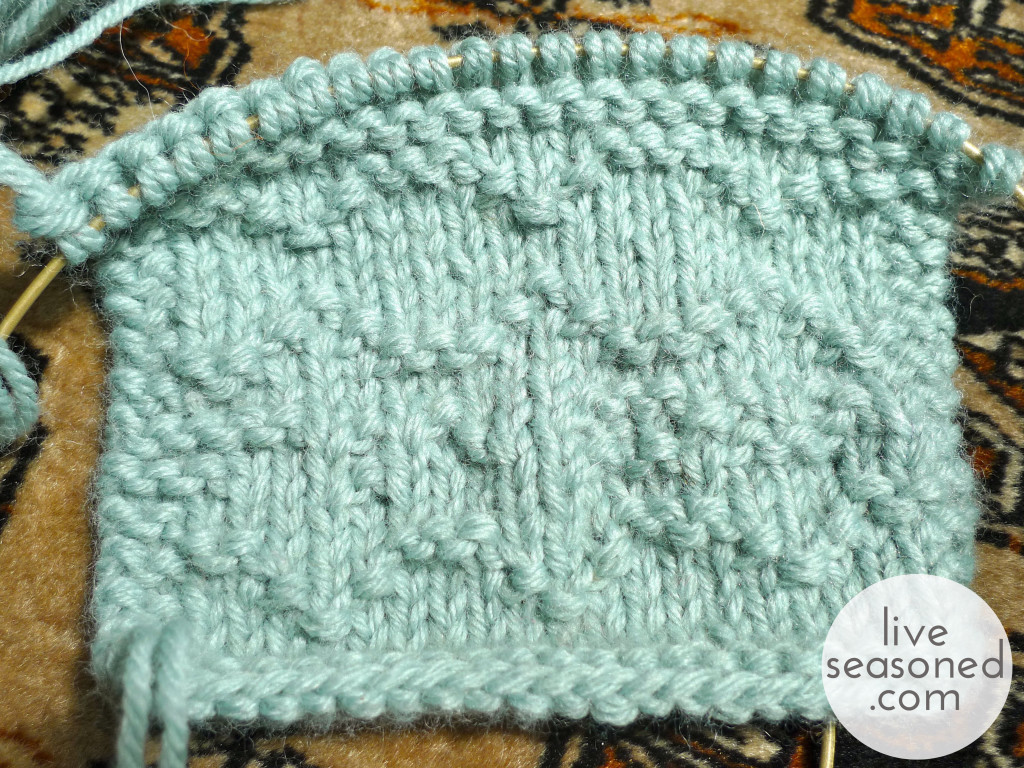
After the flat and plain knitting of the hat I craved some texture. The swatch above is a little experiment that I’m hoping to turn into a hat with a secret message! More on that soon.
Yarn : scraps from my basket
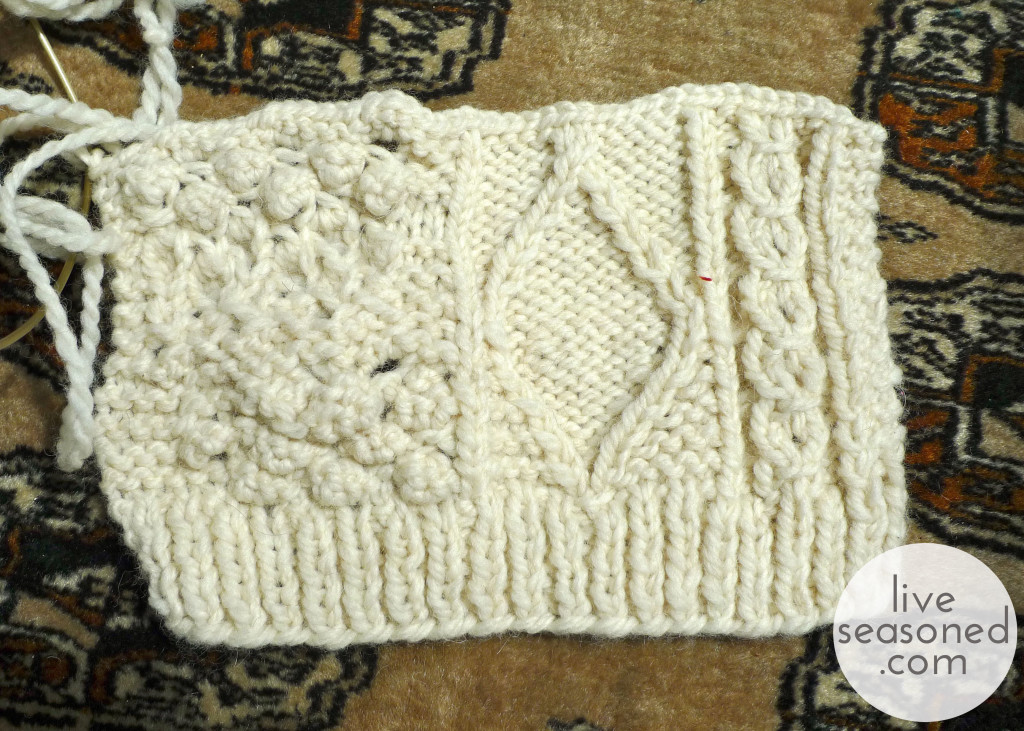
I have another swatch that I think I’ve finally come to terms with. This is for a sweater that I’m re-knitting for a friend. They purchased the original years ago from Pier One (when it used to sell clothes) and they love it so much that they would like another one knit. I used the swatch above to work out the original cables and bobbles. The cables were fairly straightforward, but getting the right size and spacing for the bobbles was a chore. You can see those on the panel on the left. Now I just have to work out the gauge and we should be good to go. This is another one that I’m going to share in more detail as it progresses!
Pattern : copying an old sweater
Yarn : Cascade Ecological Wool
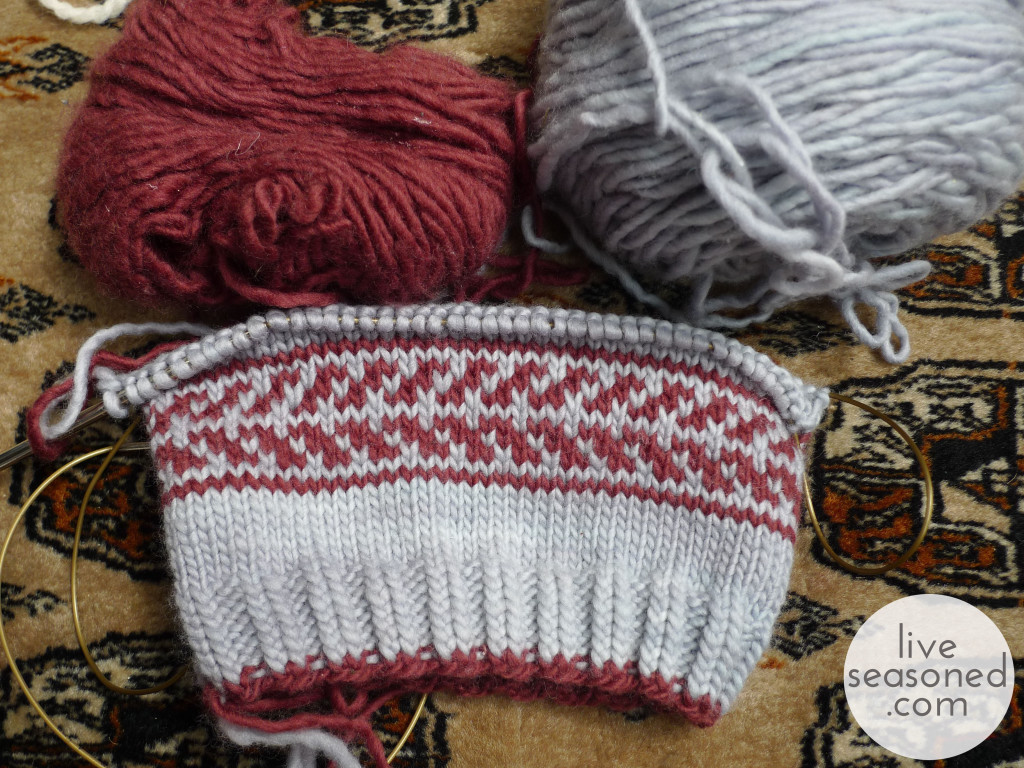
And this last one is a hat for little A. It’s been so much fun pulling out leftover balls of yarn that are too small for adult projects, but perfect for the little guy. Here I’m using some leftover yarn to make him a hat. It’s my own pattern, and really nothing special. [Sarah here: You’re nuts! I think it’s super special!!] Since Alex loves (LOVES) all things trucks, I thought I would use stranded color work to try to make a tire track around the hat. I don’t think the track is obvious, so I’ll have to work on that for the next hat, but it’s good enough to add a stripe of color!
Pattern : none, yet!
Yarn : Malabrigo Merino Worsted (so soft and perfect for little noggins)
And the nice thing about using stranded color work in a hat is that you get some extra warmth from the double-layer of yarn:
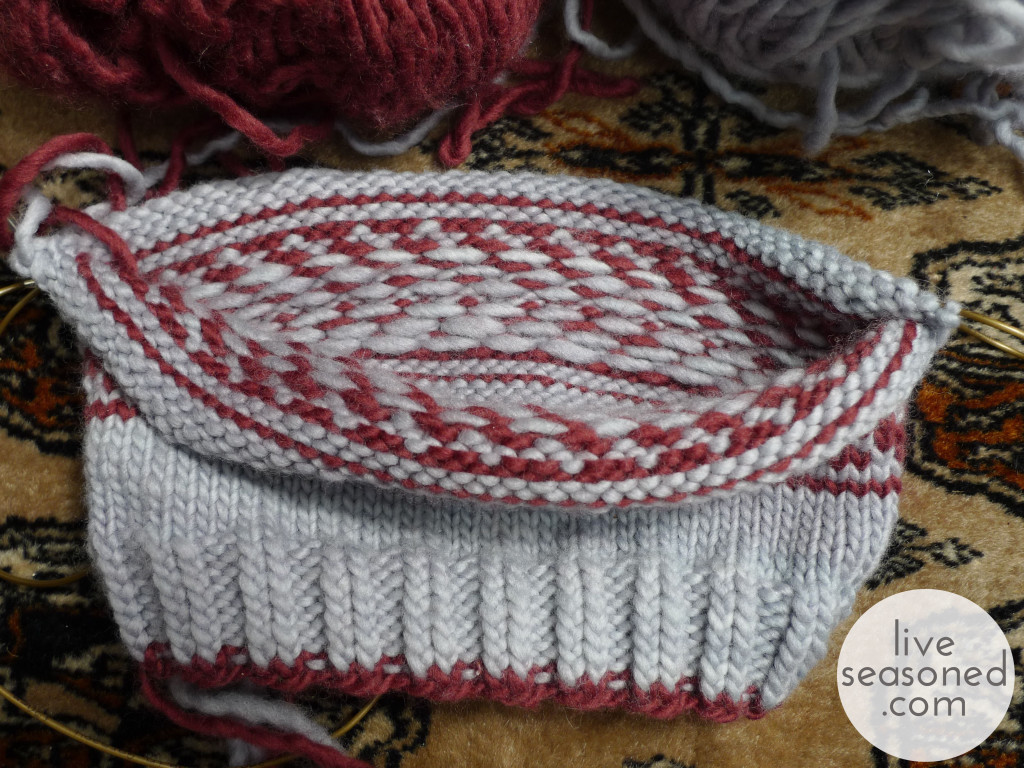
The embarrassing thing about all of this knitting? We have so many hats that we aren’t going to go cold anytime soon. I had to say that before I show you what else I’ve been up to. Summer (at least in Colorado) is the perfect time to wash your wools and get them ready for the season ahead. We have plenty of dry days, so I can wash the wools in the bathtub and then put them outside to dry and within 24 hours they are done! The humidity of the East Coast may not create the same results.
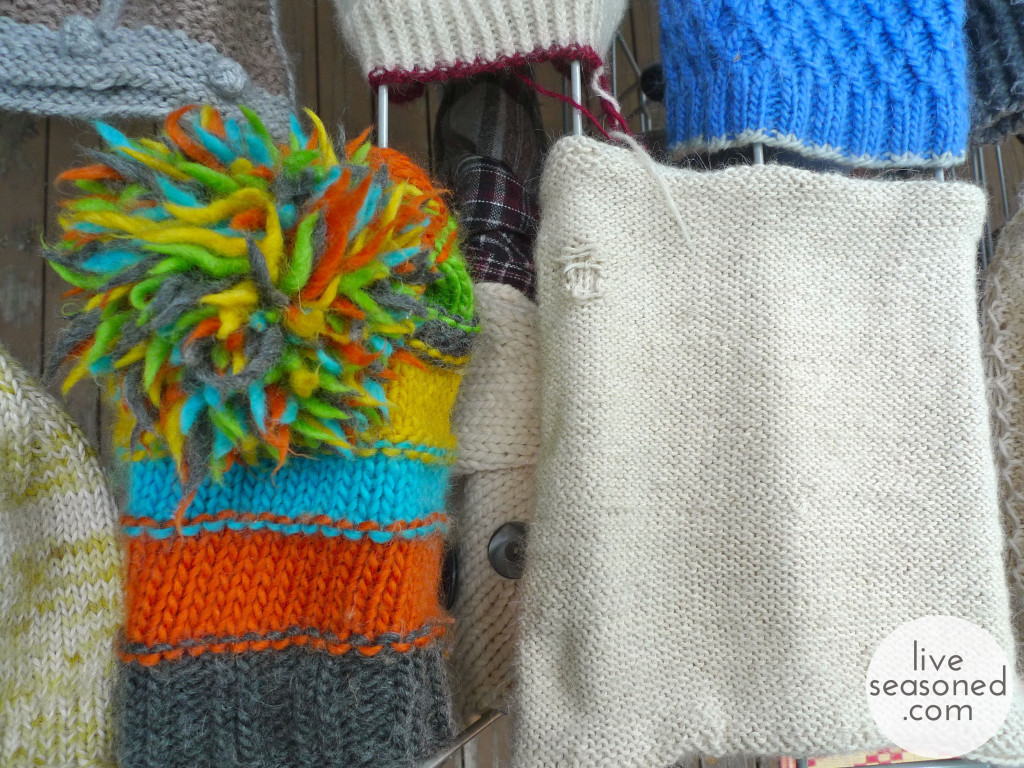
As I wash, I’ve been looking for other moth damage. Some of it is years old, but this may actually be the year that I make those repairs. A few hats in these photos are duplicates that I’ve made as I try to work out a new pattern or idea… which will hopefully come to a blog near you!

So tell us, what sorts of crafts have you been working on? Something out of season, like knitting. Or something perfectly in season, like digging that backyard bbq pit (that’s a craft, right?).
If you have any questions or want more details about any of the projects you see in the photos, just let us know.

